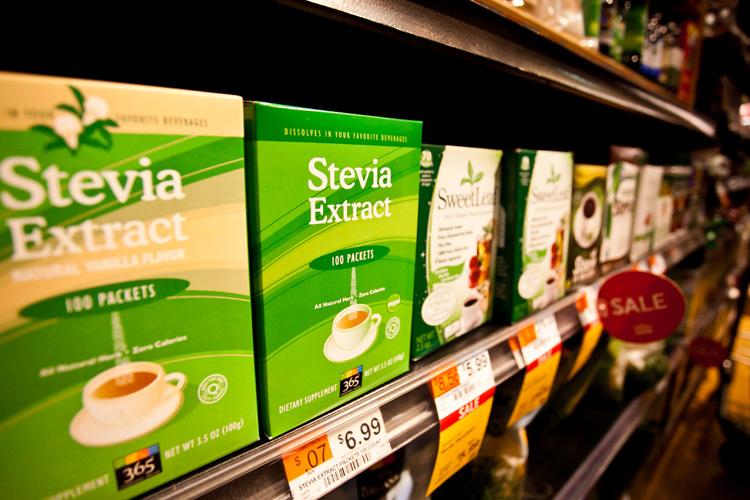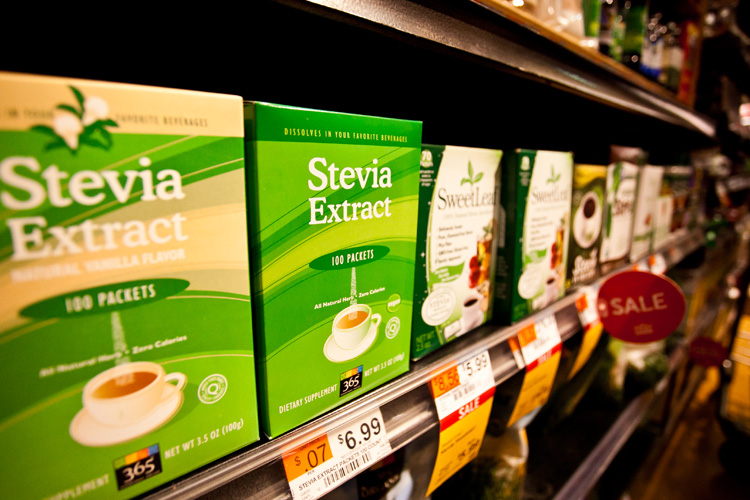Stevia Corp. is an agricultural firm based in the United States, which is still in the development stage. The company’s objective is to maximize its profits by applying agricultural economics to the management of farms.
The fundamentals of agricultural economics in the management of farms include researching the agricultural industry extensively, applying the most prevalent and most recently developed economic theories, researching industrial pricing structures, and assuring availability of resources needed to operate farms.
In short, firms managed under the aforementioned structure develop scientific methods for running the farming operations, including “alternatives, choices & opportunities within the framework of resource restrictions & social & personal constraints of farming business. This complex information is integrated and synthesized,” according to an article on the Krishi World website.
Getting to Know Stevia Corp. and Its Products
Stevia Corp., which before March 4, 2011, was known as Interpro Management Corp., was established in 2007 to grow and market the Stevia rabaudiana plant, which is used to produce stevia extracts.
In September 2011, Stevia began to trade on the Over-the-Counter Exchange (OTC) under the symbol STEV.
Securities traded on the OTC are traded through a dealer network and not on a centralized stock exchange, such as the New York Stock Exchange; these are companies too small to meet the centralized exchange criteria.
“Be very wary of some OTC stocks, however; the OTCBB stocks are either penny stocks or are offered by companies with bad credit records,” warns an entry on the Investopedia website.
The stevia extract, when blended with sugar, produces a product with less caloric content, thus attacking obesity, and allows people to still enjoy drinks such as coke or even a chocolate.
In 2008, the U.S. Food and Drug Administration (FDA) approved the stevia extract Rebaudioside A (Reb-A), extracted from stevia leaves, for the U.S. market. Coca-Cola Co., PepsiCo Inc., and Cargill Inc. products contain the stevia extract Reb-A.
“In less than a year [after FDA approval], Stevia’s U.S. sales had passed sales figures for saccharine and aspartame. Today, Stevia is found in over 6,000 products including beverages, foods and medicines, and this number is growing rapidly as Stevia heads towards mass commoditization like sugar and high fructose corn syrup,” according to the Stevia website.
Stevia has research and development operations in the United States, Singapore, Vietnam, and Indonesia, and farms in Vietnam (3 nursery fields and 17 test fields)) and Indonesia.
In October 2011, Stevia went into strategic partnerships with Agro Genesis Pte Ltd. and Growers Synergy Pte Ltd., which mainly specialize in operating Asian agribusiness operations.
“Our program is ambitious and is not going to come to fruition overnight. We are attempting to capture a significant share of an exploding industry sector with immense potential; this takes vision, planning and a lot of skills and expertise,” said George Blankenbaker, president of Stevia Corp., in a press release.
By Dec. 13, 2011, Stevia had signed a farm management agreement in Vietnam, and a research agreement with the National Institute of Medicinal Materials in Vietnam, under which it was provided with land, buildings, facilities, and access to special equipment needed for research. It also signed an advanced research agreement with the Agricultural Science Institute of Northern Central Vietnam and a development group.
Stevia’s search for stevia production fields led it to Vietnam. “It is believed that Vietnam can better benefit from the perennial attributes of Stevia and holds the potential for multiple harvests during the year without requiring replanting each year thus enhancing both yield and cost of production,” according to the Stevia press release.
Investment Potential
“Investments in PureCircle [another company that markets stevia ingredients] and Stevia Corporation should be considered as highly speculative,” suggests an article on the Seeking Alpha website.
It should be noted that Stevia Corp. is still in its development stage and did not report any real sales revenue in its Sept. 30, 2011, unaudited income statement, as per its 10-Q filing.
“Although the Company has recognized some nominal amount of revenues since inception, the Company is still devoting substantially all of its efforts on establishing the business and, therefore, still qualifies as a development stage company. All losses accumulated since inception have been considered as part of the Company’s development stage activities,” according to the notes in Stevia’s SEC 10-Q filing.
The company reports total assets of $88,504, with $76,629 in cash. Total liabilities were reported at $454,059, as well as a negative net worth of $365,555. Net worth is comprised of $52,800 in capital, paid-in capital not yet received of $170,988, and development costs of $247,367. The company reported a net loss of $247,367 in the income statement.
The majority stocks are held by insiders who have been buying and selling the stock. On Dec. 31, 2011, the directors and beneficial holders (someone who is an owner, although the title of the company is in someone else’s name) held 44 million shares, with Shurrab Mohanad, a beneficial owner from Dubai, decreasing his stock holdings between June 2011 and July 2011 from 51 million to 28 million.
Stevia’s stock price on the afternoon of Jan. 5 was at 68 cents per share, down .02 percent over the prior day’s closing price and down 35 cents from $1.03 when it started trading a few months earlier. On Nov. 16, 2011, the Stevia stock price was at 73 cents per share.
Stevia “has a very attractive entry point, and prices could continue to rise steadily with some very real potential to rocket past the $1.00 mark! I recommend you begin your research on STEV.OB immediately! We see some very real potential for gains in the intermediate term and beyond,” according to an October 2011 article on the StockMarketWatch website.
Then the article on the StockMarketWatch website imparts the clincher or caveat: “Never invest in any stock featured on our site or emails unless you can afford to lose your entire investment.”
Global Market
“Companies were ready to jump into the market with a wave of kitchen and tabletop stevia formulations and stevia-sweetened products the moment the FDA gave it GRAS [Generally Recognized As Safe] status in December 2008, and have since formed partnerships and entered into mergers and acquisitions as part of strategies to exploit this market,” said David Sprinkle, publisher of Packaged Facts, in an August 2011 press release.
In 2008, approximately $20 million worth of stevia products were sold in the global retail market. The market potential for 2011 ranged between $800 million and $2 billion, with 76 new products that contain stevia being introduced into the market.
The stevia extract global market might reach 11,000 tons by 2014, necessitating stevia production to increase to at least three times the 2011 level.
The European Union Standing Committee on Food Chain and Animal Health approved high-purity stevia for use as a food ingredient in July 2011, according to the Packaged Facts press release.
“Following approval in Europe, Packaged Facts expects sales of products containing stevia to skyrocket. European approval is projected to trigger approval across Africa and the Middle East, and global approval is widely expected by the end of 2012,” the Packaged Facts press release stated.






